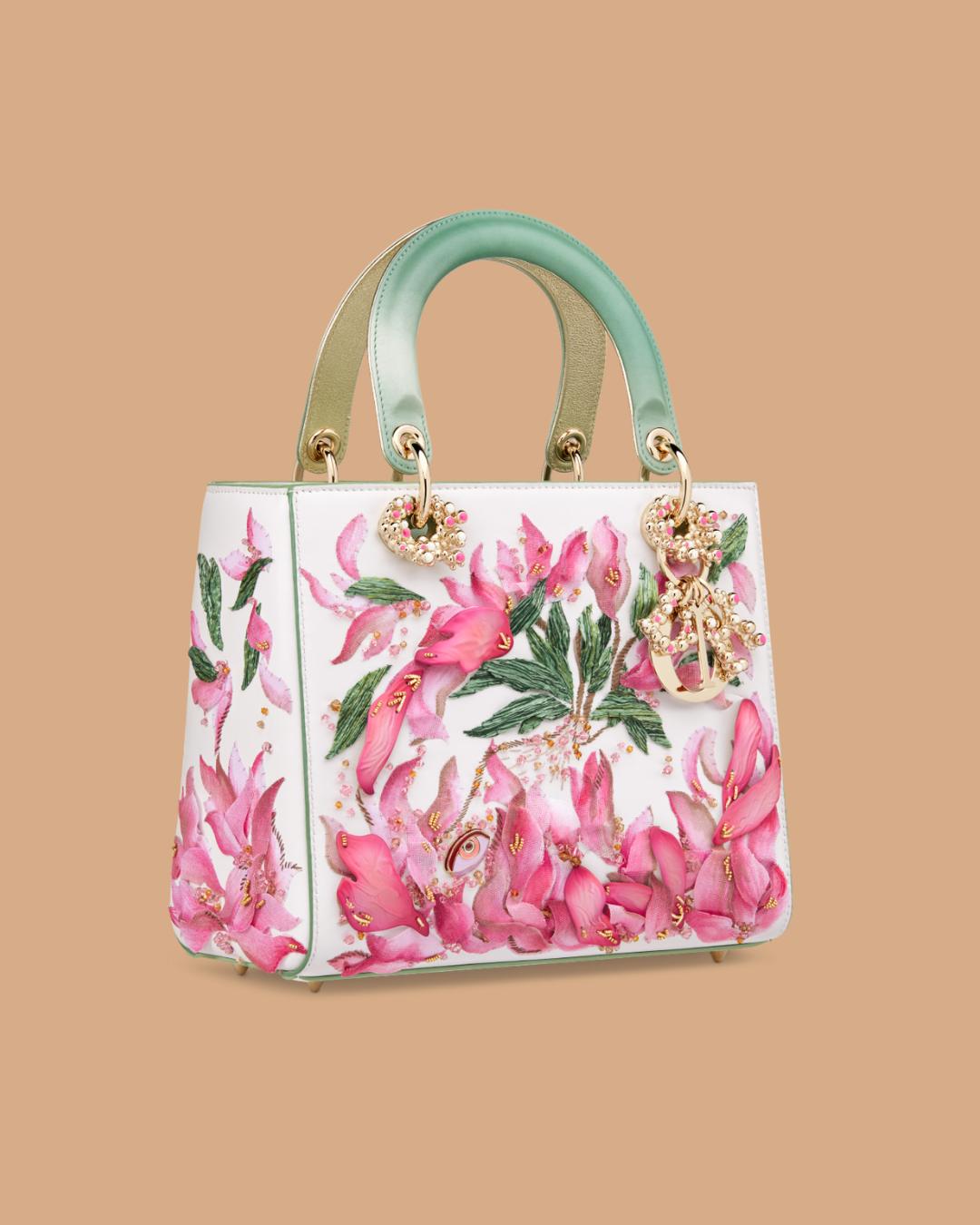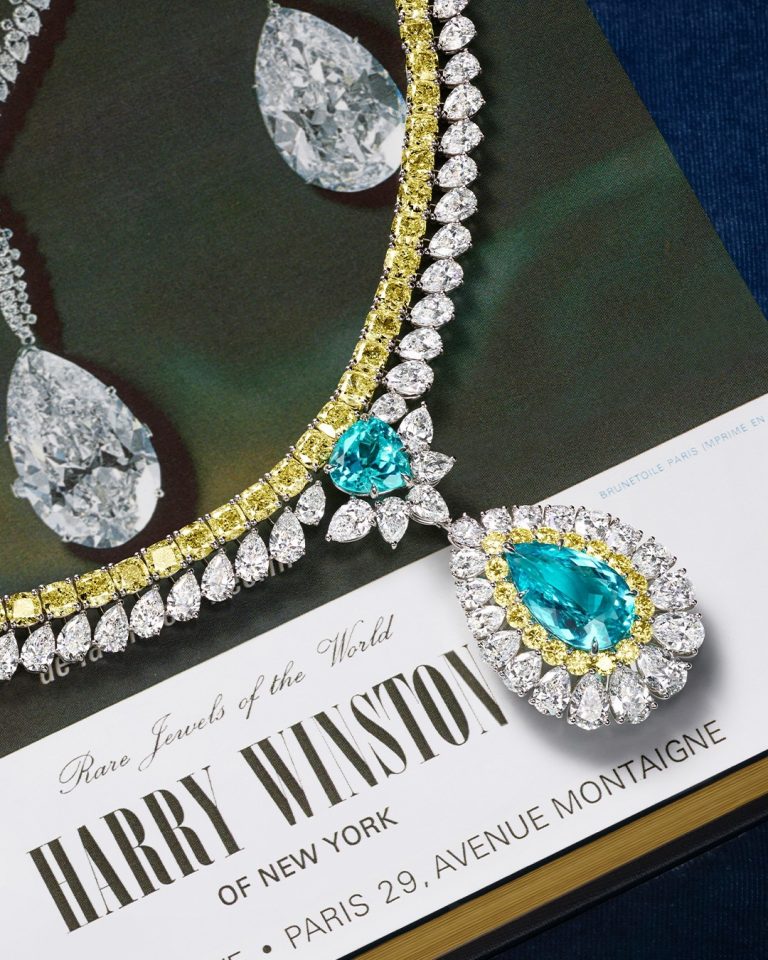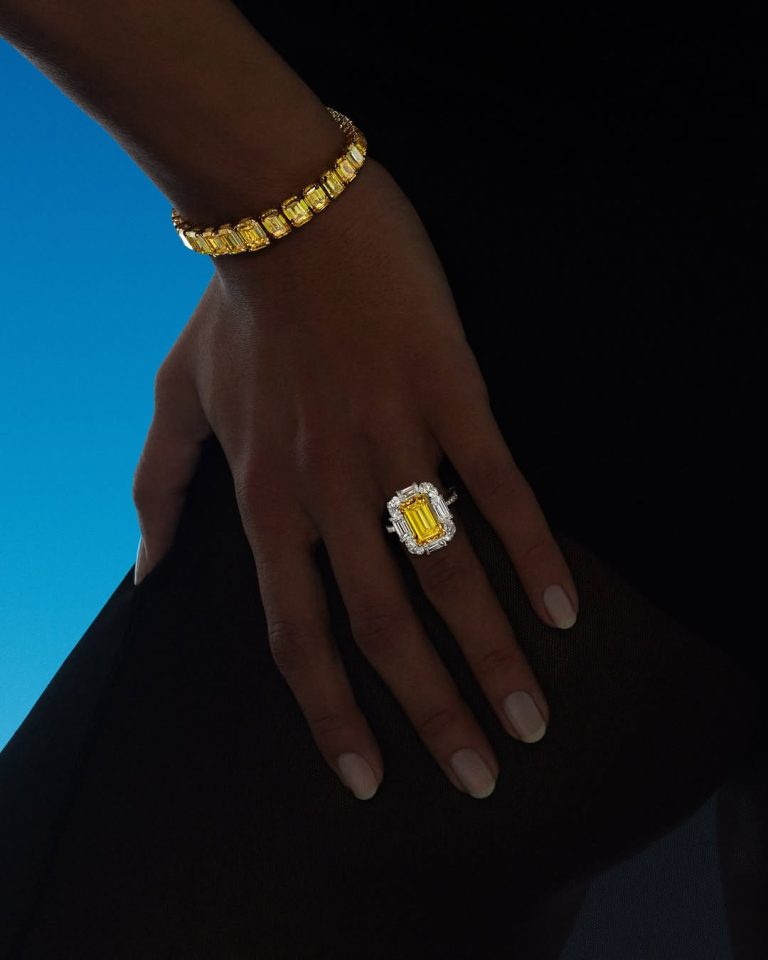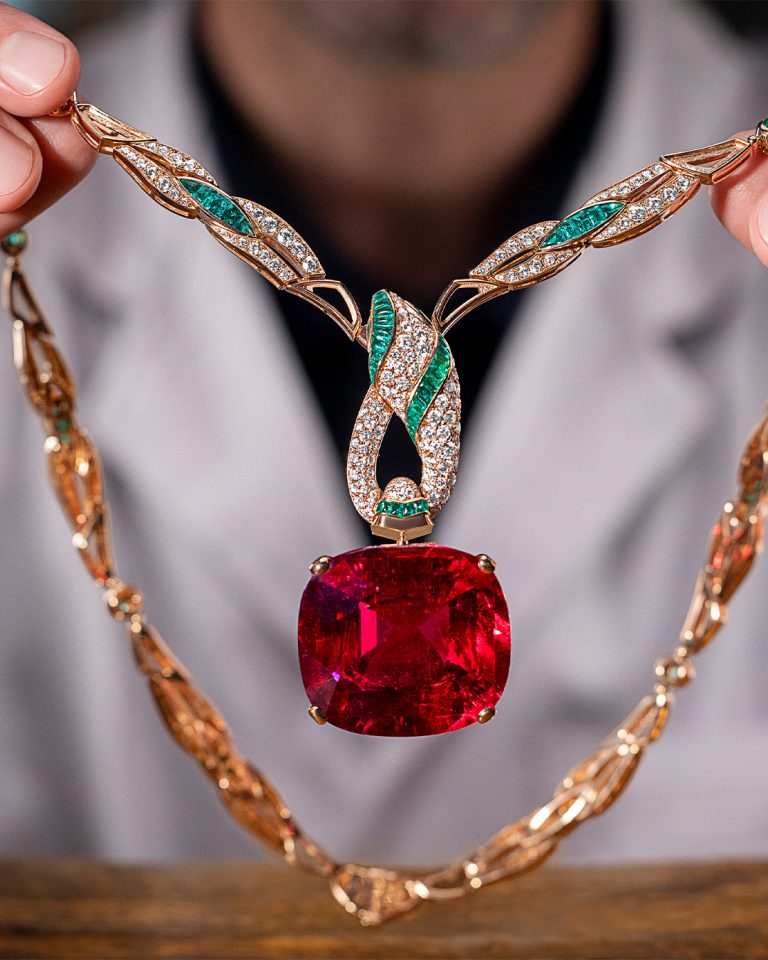When I first stumbled across Dior’s Lady Art project years ago, I thought it was little more than a clever collaboration. I considered it a chance for artists to stamp their signature on an already iconic bag. But as the editions kept coming, year after year, it became clear this was something much more. This was Dior opening a dialogue between heritage and innovation, between the precise hand of couture and the boundless imagination of contemporary art. Now, with Dior Lady Art #10, the House celebrates a decade of this remarkable experiment. And the result is less a collection of handbags and more a living gallery of culture, history, and creativity.
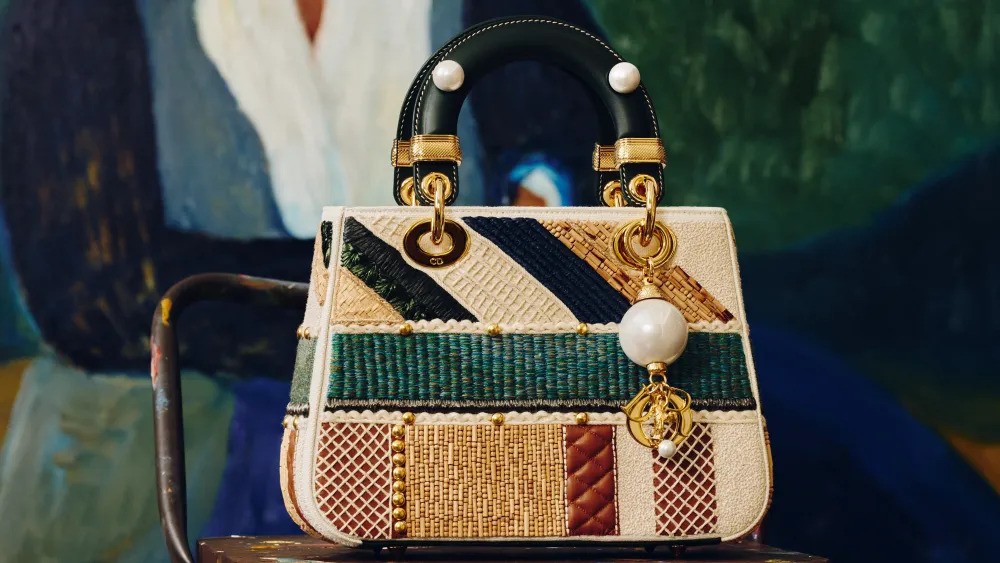
The Birth of a Tradition
The Lady Dior bag has long stood as one of fashion’s most enduring icons. Its structured silhouette, the cannage stitching inspired by Napoleon III chairs, and the dangling “D.I.O.R.” charms are instantly recognizable. But what Dior did back in 2016 was daring: they transformed this sacred object of luxury into a blank canvas for artists worldwide.
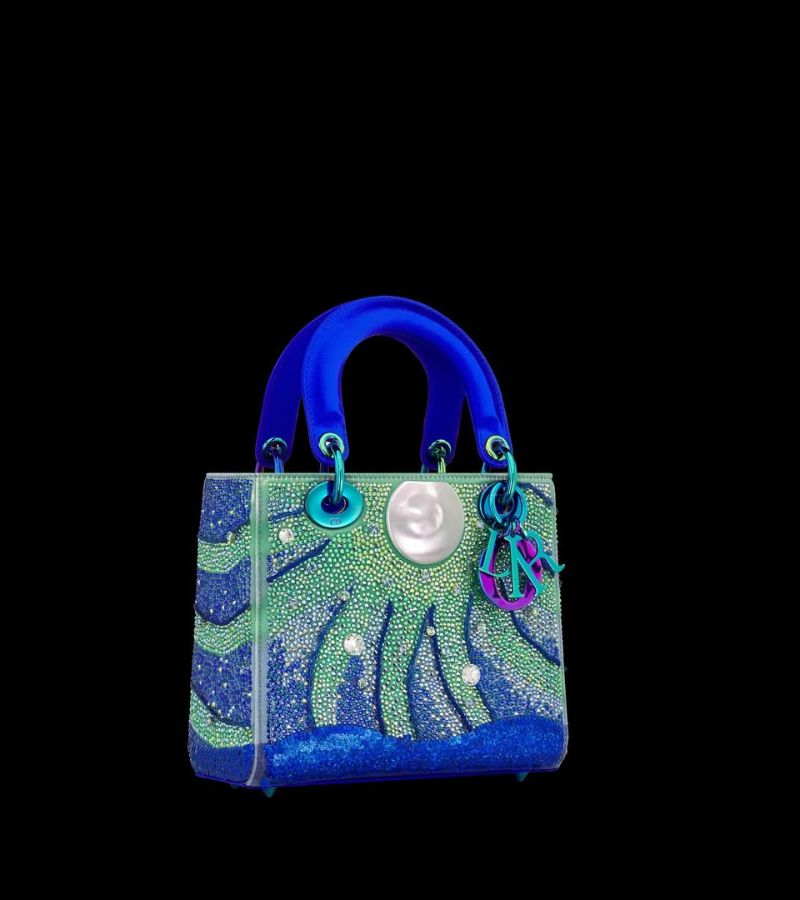
Each edition since then has invited painters, sculptors, digital innovators, and conceptual dreamers to reinvent the Lady Dior in their own language. By the ninth edition, we had seen bags painted, embroidered, beaded, laser-cut, and even re-sculpted into almost unrecognizable forms. But with Lady Art #10, Dior isn’t just continuing the tradition; it’s celebrating its endurance. Ten years of creativity, ten years of pushing the limits of what luxury can be.
The Global Lineup for Dior Lady #10
For this offering, ten artists have been chosen to reinterpret the bag, marking the milestone with an international flourish. Their names span continents and cultures, a reminder that fashion is no longer confined to Paris ateliers but thrives in global conversation.
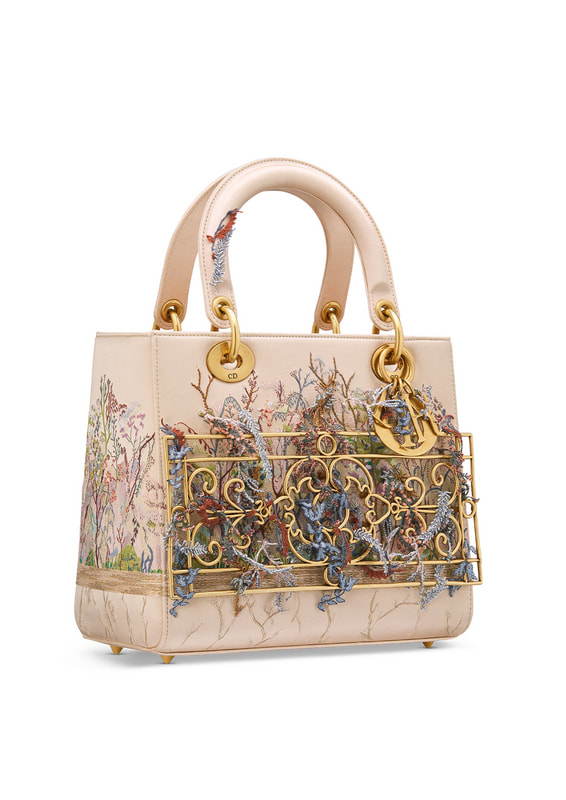
- Jessica Cannon, an American painter, translates brushstrokes into leather textures. Her bags feel alive, like canvases that decided they’d rather be carried than hung.
- Patrick Eugène infuses the bag with rich colors and emotional depth, reminiscent of Caribbean storytelling through light and shadow.
- Eva Jospin, known for her large-scale forest installations in cardboard, brings an almost architectural delicacy, layering the bag with depth and dimension.
- Lakwena, a British artist, offers bold slogans and color palettes that radiate optimism, turning the Lady Dior into a walking manifesto.
- Brazil’s Sophia Loeb plays with geometric abstraction, creating bags that look almost like wearable puzzles.
- Inès Longevial, a French artist celebrated for her sensual figurative work, paints the Lady Dior with sunlit bodies and warm Mediterranean tones.
- Marc Quinn, a British name familiar to contemporary art lovers, delivers bags that flirt with science, nature, and identity.
- Alymamah Rashed, a Kuwaiti artist, explores body, memory, and spirituality through surreal forms that ripple across the Lady Dior.
- Ju Ting, hailing from China, plays with layers and textures that make her bags feel carved, like sculptural artifacts.
- Lee Ufan, the legendary Korean minimalist, strips back ornamentation, creating a bag that feels like a meditation in leather and light.
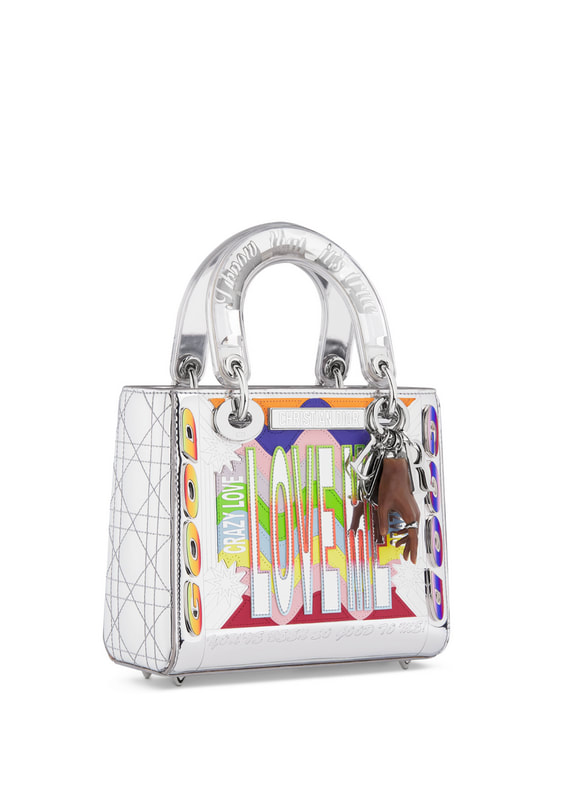
Reading that list, I can’t help but marvel: where else but Dior would you see such a convergence of voices, each speaking a different language of form and feeling, yet united by one canvas?
A Decade in the Making
What makes Dior Lady Art #10 different is not just the roster of names, but the weight of its history. Ten years is a long time in fashion—a world that often thrives on ephemerality. To sustain a project across a decade means it has struck a chord not only with collectors but with the culture at large.
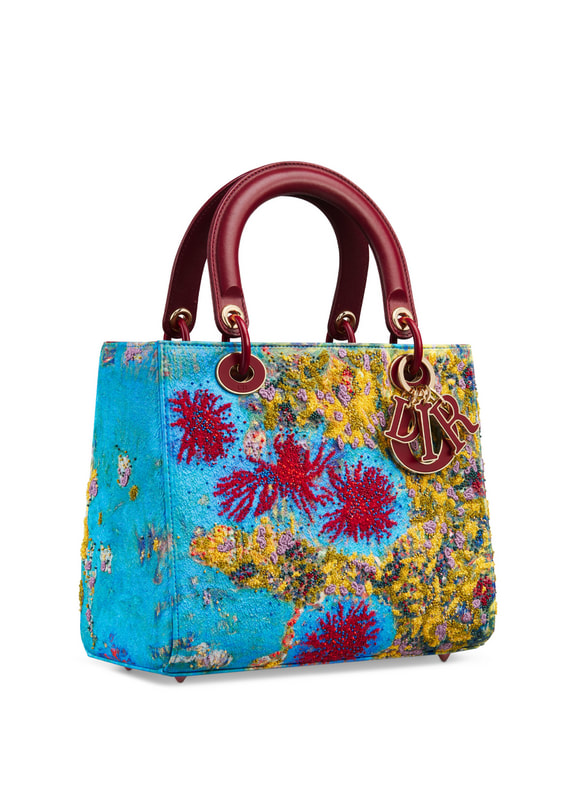
I remember seeing the first editions and wondering: would people actually carry these, or would they sit behind glass? Over time, the answer became both. Lady Art bags are collectible, limited, and precious, but they’re also living objects—meant to be worn, touched, and moved through life. In that tension lies their magic: they’re art objects that demand interaction, couture pieces that embrace risk.
Beyond Accessories
The Lady Dior was once famously associated with Princess Diana—graceful, feminine, untouchable. But through this project, Dior has transformed the bag’s meaning. With every edition, it becomes a vehicle for conversations about identity, heritage, gender, and belonging.
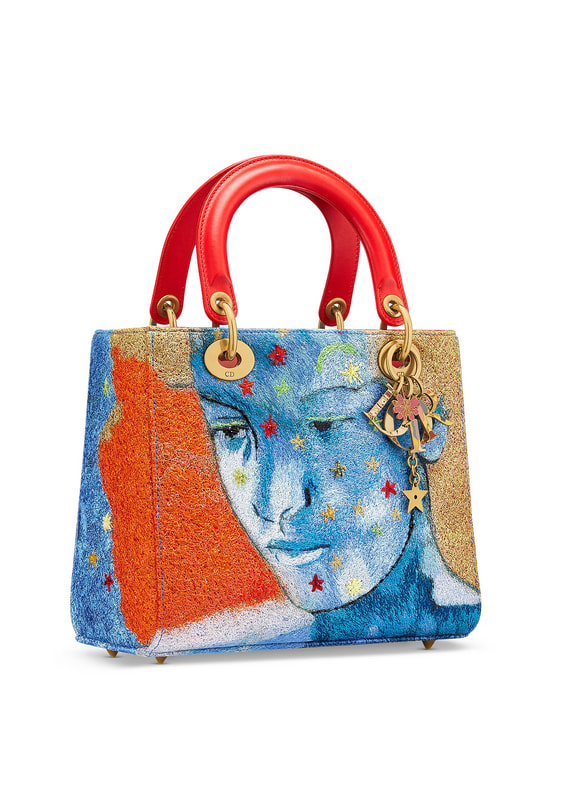
Faith Ringgold, who contributed to Lady Art #9, used her bag to echo her lifelong fight for racial and gender equality. Sara Flores brought Indigenous Shipibo-Conibo patterns into the Dior universe. Now, in the tenth edition, Alymamah Rashed weaves Middle Eastern spirituality into Parisian leatherwork. It’s a reminder that luxury does not exist in a vacuum—it is enriched, expanded, and challenged by voices from around the globe.
For me, this is what makes Lady Art so compelling. When I look at these bags, I don’t just see objects of beauty. I see cultural crossroads, I see stories stitched into seams, I see proof that art and fashion thrive most when they dare to overlap.
Collectibility and Desire
Of course, part of the allure of Lady Art is its exclusivity. These are limited pieces, often available only in select Dior boutiques, sometimes only in certain cities. For collectors, this scarcity adds to the thrill. For artists, it provides a unique platform: few collaborations can claim to place your work in the hands of collectors and celebrities alike, to make it both wearable and immortal.
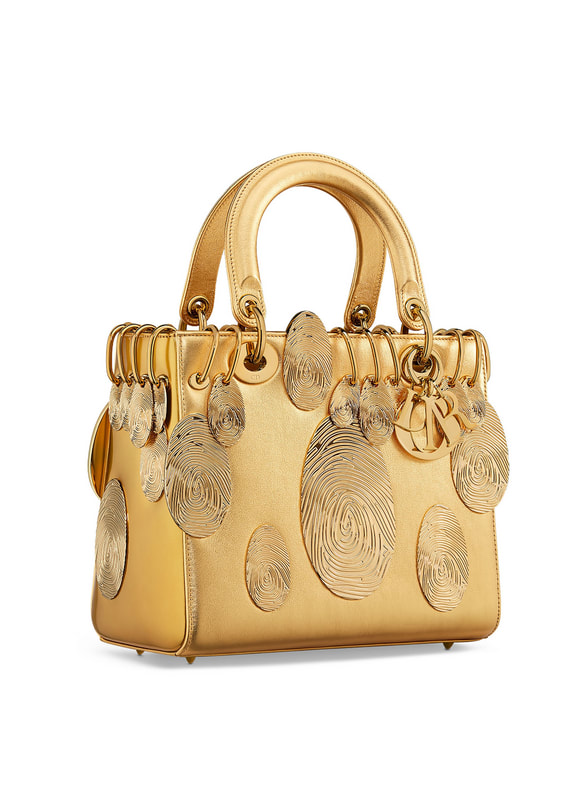
There’s also something deeply romantic about the idea that, ten years from now, someone could line up ten Lady Art editions on a shelf and see a decade of global creativity reflected back at them. Each bag is a time capsule, a little slice of what mattered in art and culture at that moment.
A Tale of Intimacy and Meaning
In an age where luxury brands often churn out endless products, Dior has chosen instead to nurture a project that feels intimate, considered, and layered with meaning. Lady Art is not about trend; it’s about legacy.
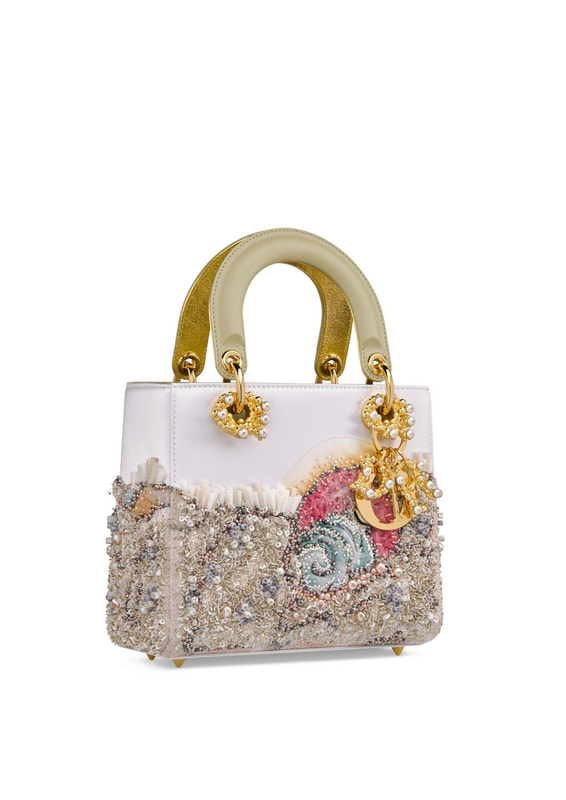
And as I reflect on Dior Lady Art #10, I realize that’s what makes it so inspiring. This isn’t just Dior showing off its artisanship (though the artisanship is extraordinary). It’s Dior opening its doors to other visions, humbly letting artists alter one of its most sacred icons. It’s proof that even in luxury, a world built on codes and consistency, there is room for reinterpretation, risk, and surprise.
Conclusion: A Living Canvas
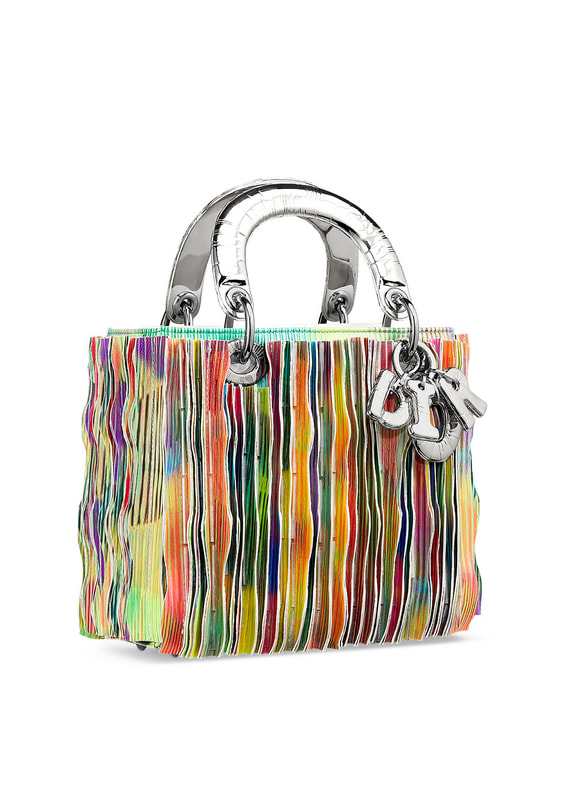
After a decade of Lady Art, I find myself looking at the Lady Dior differently. No longer just a symbol of elegance, it’s a canvas of possibilities, a bag that has been painted, sculpted, embroidered, and reimagined by artists across the globe.
Dior Lady Art #10 is not just a collection; it’s a celebration. A reminder that heritage is not static, that even the most iconic designs can evolve. And perhaps that’s the lesson Dior leaves us with: that true icons are not those that never change, but those that adapt, expand, and continue to inspire.
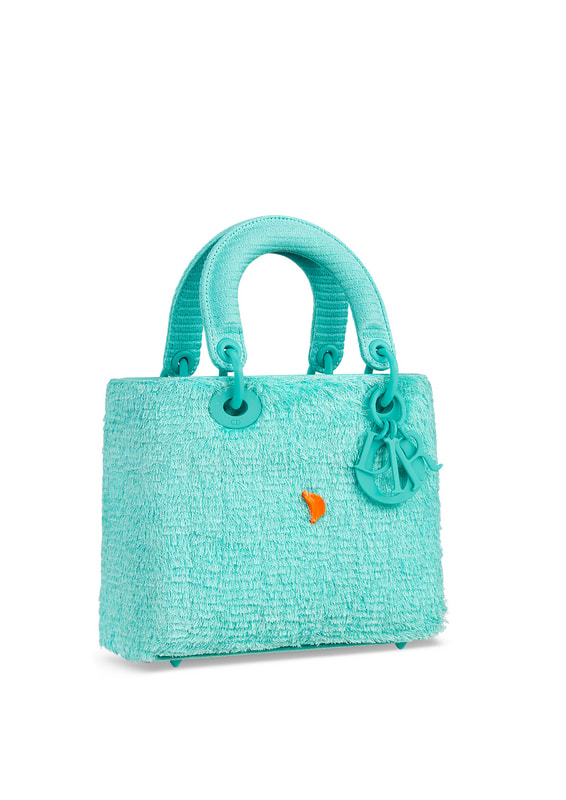
So when I see these new editions in boutiques, I won’t just see handbags. I’ll see a decade’s worth of conversations between Paris and the world, between couture and canvas. I’ll see the living proof that art, like fashion, is never finished—it’s only ever becoming.
Featured image: Alymamah Rashed Dior Lady Art #10/Courtesy of Dior

Amanda Akalonu is dedicated to weaving together the worlds of jewelry, watches, and objects through a lens of literary storytelling.

